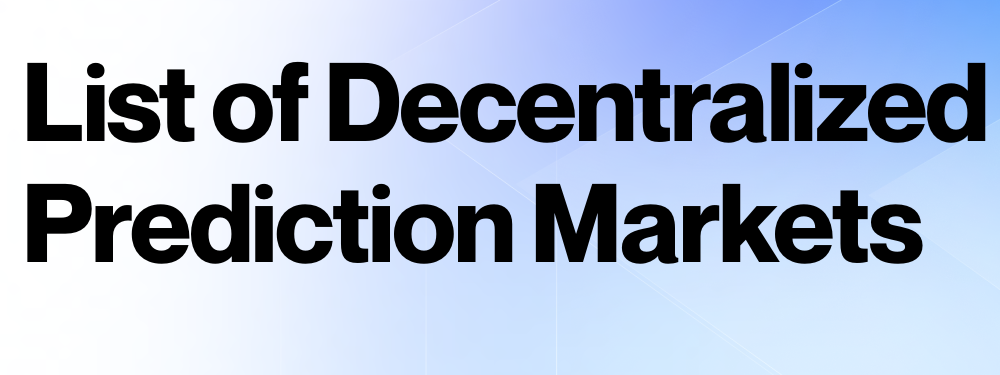DApp Analytics: Measuring Success and Improving Performance
In the fast-paced world of decentralized applications (DApps), success hinges on data-driven insights and continuous performance optimization. DApp developers need robust analytics tools to monitor user engagement, track key metrics, and identify areas for improvement. In this blog post, we delve into the importance of DApp analytics, exploring strategies to measure success and enhance performance effectively.
Understanding the Significance of DApp Analytics:
DApp analytics empower developers with valuable insights into user behavior, platform usage, and overall performance. By leveraging analytics data, developers can make informed decisions, refine user experiences, and drive user adoption. From tracking user interactions to monitoring smart contract activity, DApp analytics provide a comprehensive view of the platform's health and effectiveness.
Key Metrics to Track:
User Engagement: Measure metrics such as active users, session duration, and retention rates to gauge user engagement levels. Understanding how users interact with the DApp allows developers to tailor experiences and optimize engagement strategies.
Transaction Volume: Track transaction volume, including the number and value of transactions processed on the blockchain. Monitoring transaction activity provides insights into the DApp's utility, adoption, and potential revenue streams.
Smart Contract Performance: Assess the performance of smart contracts, including execution times, gas usage, and contract interactions. Optimizing smart contract efficiency enhances scalability, reduces costs, and improves overall DApp performance.
User Feedback and Satisfaction: Gather user feedback through surveys, reviews, and user forums to assess satisfaction levels and identify areas for improvement. Incorporating user input into development processes fosters community engagement and strengthens user relationships.
Market Trends and Competitive Analysis: Stay informed about market trends, competitor strategies, and industry developments to maintain a competitive edge. Analyzing market dynamics helps DApp developers adapt strategies, identify opportunities, and mitigate risks effectively.
Strategies for Improving DApp Performance:
Iterate Based on Analytics Insights: Use analytics data to iteratively improve the DApp, addressing pain points, optimizing user flows, and implementing new features based on user feedback and performance metrics.
Optimize User Onboarding: Streamline the onboarding process to minimize friction and improve user retention. Provide clear instructions, intuitive interfaces, and educational resources to help users navigate the DApp effectively.
Enhance Security and Reliability: Prioritize security and reliability to build trust with users and maintain platform integrity. Regularly audit smart contracts, implement security best practices, and deploy robust infrastructure to safeguard user assets and data.
Foster Community Engagement: Cultivate a vibrant community around the DApp through social media, forums, and events. Engage with users, address their concerns, and solicit feedback to foster a sense of ownership and loyalty.
Stay Agile and Adaptive: Continuously monitor analytics data, iterate on strategies, and adapt to changing market conditions. Embrace a culture of experimentation and learning to drive continuous improvement and innovation.
Conclusion:
DApp analytics play a crucial role in measuring success and optimizing performance in the rapidly evolving landscape of decentralized applications. By leveraging analytics insights, developers can make informed decisions, refine user experiences, and drive long-term success. By prioritizing user engagement, transaction volume, smart contract performance, and market analysis, DApp developers can build robust, user-centric platforms that thrive in the competitive blockchain ecosystem.












 (1).png)

























